Brescia Castle – Castello di Brescia
- Maria Scuor
- Dec 31, 2023
- 4 min read
Scorri a basso per l’italiano
Here is a TikTok video of the day we spent at the castle - Ecco un video TikTok della giornata trascorsa al castello
On our way back from Sirmione we stopped in Brescia to visit it's castle and have lunch. Brescia Castle also known as the Falcon of Italy is a fortress built on Cidneo Hill (Hill in the Brescia Pre-Alps). Built in the 13th century in Medieval style, it is the largest and best-preserved fortress of Northern Italy. When we got to Brescia and looked up from the street, you can’t help but be in awe of the beauty of this castle.
From our parking area, we walked up the about a km on Via del Castello and reached the Castle which sits at and elevation 242 m. Not an easy walk on cobblestone with a baby stroller but a beautiful view of the whole area when we got to the top. This is why it is called the Falcon of Italy, because you get a falcon’s view of everything.
First settlements date back to the Bronze Age, however, real construction happened when the Celts built a small temple around the 7th century BC and dedicated it to the Celtic God Bergimus. By the 1st century BC, the Romans added the perimeter walls within the city walls and in the 1st century AD a monumental temple was built which has dimensions of the Viscount Keep (tower). With the passing of centuries, this hill became a sacred area and became Christian martyrium, where relics of martyrs were preserved.
In the first part of the 14th century, still under Viscount domination, the keep (mastio), a structure with crenellated walls (openings in the walls), was built. The keep was surrounded by a defense system with drawbridges, covered passages and 6 towers. However, in 1426, Brescia passed to the Republic of Venice, which renovated the fortifications. In 1509, the French defeated the Venetians and took possession of the city and the castle. They enlarged and reinforced the walls.
By the Napoleonic age and under the Austrians, the castle was used as a prison and barracks for the troops. After 1851, with the birth of the Kingdom of Italy, the castle lost its military functions. Today the castle houses several museums including the Luigi Marzoli Weapons Museum, Cidnea Astronomical Observatory and two large railway models. You have to purchase tickets for the museums, but walking around the grounds of the castle is free.
While we visited the castle, Davide Rivalta’s Dreams of Glory exhibition was on display. Davide is one of Italy’s most regarded contemporary sculptors and the open-air exhibition offers a walk among Davide’s animalier sculptures within the green areas of the castle. The exhibition is a unique opportunity to admire never-before-seen sculptures, created especially for the castle.
The gorillas, the first series of animals made by the sculptor, rise to symbolize his debut. Remodeled after two decades, the Castle’s new gorillas-along with orangutans, chimpanzees and baboons-will close the circle of his artistic evolution. We were lucky to see many of these sculptures within the grounds.
Castello di Brescia
Di ritorno da Sirmione ci siamo fermati a Brescia per visitare il suo castello e pranzare. Il Castello di Brescia, noto anche come il Falcone d'Italia, è una fortezza costruita sul Colle Cidneo (Colle delle Prealpi Bresciane). Costruita nel XIII secolo in stile medievale, è la fortezza più grande e meglia conservata del Nord Italia. Quando siamo arrivati a Brescia e abbiamo alzato lo sguardo dalla strada, non si può fare a meno di rimanere a bocca aperta di fronte alla bellezza di questo castello.
Dal nostro parcheggio, abbiamo camminato per un chilometro su Via del Castello e abbiamo raggiunto il Castello che si trova a un'altitudine di 242 m. Non una passeggiata facile sul pavé con un passeggino ma una bellissima vista di tutta la zona quando siamo arrivati in cima. Questo è il motivo per cui è chiamato il Falcone d'Italia, perché si ha la visione di un falco di tutto.
I primi insediamenti risalgono all'età del bronzo, tuttavia, costruzione avvenne quando i Celti costruirono un piccolo tempio intorno al VII secolo a.C. e lo dedicarono al dio celtico Bergimus. Nel I secolo a.C., i Romani aggiunsero le mura perimetrali all'interno delle mura della città e nel I secolo d.C. fu costruito un tempio monumentale che ha le dimensioni del Visconte (torre). Con il passare dei secoli, questa collina divenne un'area sacra e divenne martyrium cristiano, dove furono conservate le reliquie dei martiri.
Nella prima parte del XIV secolo, ancora sotto la dominazione viscontea, fu costruito il mastio, una struttura con mura merlate (aperture nelle mura). Il mastio era circondato da un sistema difensivo con ponti levatoi, passaggi coperti e 6 torri. Tuttavia, nel 1426, Brescia passò alla Repubblica di Venezia, che rinnovò le fortificazioni. Nel 1509 i francesi sconfissero i veneziani e presero possesso della città e del castello. Hanno allargato e rinforzato le mura.
In età napoleonica e sotto gli austriaci, il castello fu utilizzato come prigione e caserma per le truppe. Dopo il 1851, con la nascita del Regno d'Italia, il castello perse le sue funzioni militari. Oggi il castello ospita diversi musei tra cui il Museo delle Armi Luigi Marzoli, l'Osservatorio Astronomico Cidnea e due grandi modellini ferroviari. È necessario acquistare i biglietti per i musei, ma passeggiare per i terreni del castello è gratuito.
Mentre visitavamo il castello, era esposta la mostra “Sogni di Gloria” di Davide Rivalta. Davide è uno degli scultori contemporanei più apprezzati in Italia e la mostra a cielo aperto propone una passeggiata tra le sculture animalier di Davide all'interno delle aree verdi del castello. La mostra è un'occasione unica per ammirare sculture inedite, create appositamente per il castello.
I gorilla, la prima serie di animali realizzati dallo scultore, si ergono a simboleggiare il suo esordio. Ristrutturato dopo due decenni, i nuovi gorilla del Castello – insieme a oranghi, scimpanzé e babbuini – chiuderanno il cerchio della sua evoluzione artistica. Siamo stati fortunati a vedere molte di queste sculture all'interno dei giardini.









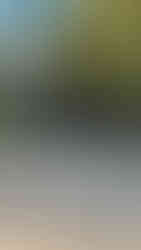



































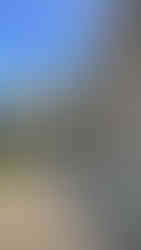


















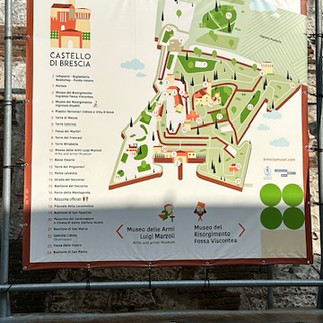


























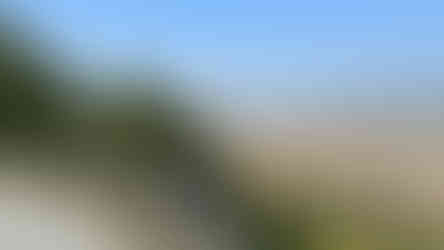








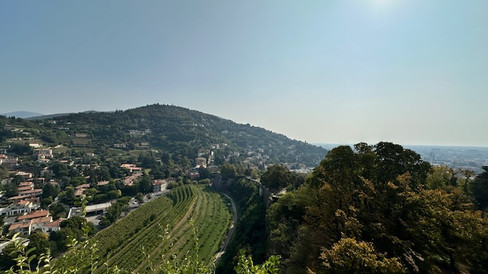




















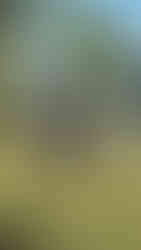







Comentarios